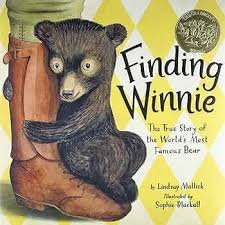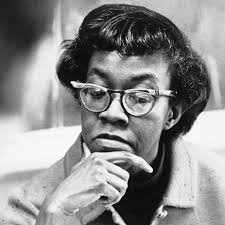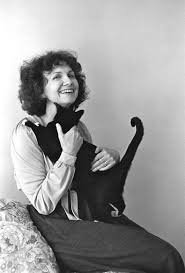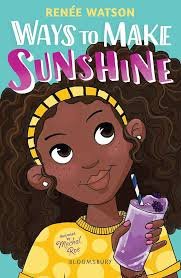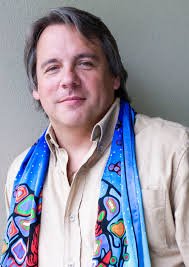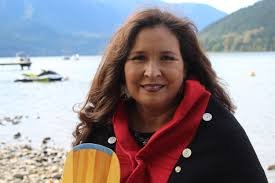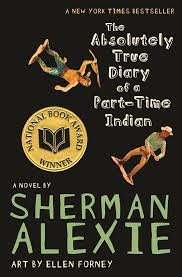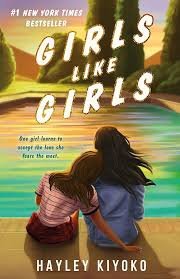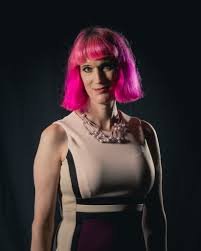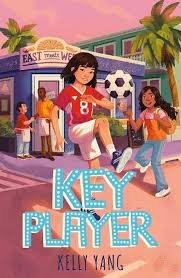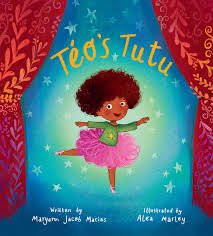Peggy Janicki lives on theTraditional, Ancestral, Unceded Ch’iyáqtel territory and is committed to seeing their land safely returned to them or compensated for. As such, one of her goals is to recognize her obligations to the Coast Salish/Dakelh Law, governance, kinship, language, land, and culture. Peggy wants to raise awareness of Indian Residential School in BC Schools. With permission, she added the story to herrole-drama history lesson she had been teaching for decades. Mary was four years old when she was first taken away to the Lejac Indian Residential School. It was far away from her home and family. Always hungry and cold, there was little comfort for young Mary. Speaking Dakelh was forbidden and the nuns and priest were always watching, ready to punish. Mary and the other girls had a genius drawing on the knowledge from their mothers, aunts and grandmothers who were all master sewers, the girls would sew hidden pockets in their clothes to hide food. They secretly gathered materials and sewed at nighttime, then used their pockets to hide apples, carrots and pieces of bread to share with the younger girls. Based on the author's mother's experience at residential school, The Secret Pocket is a story of survival and resilience in the face of genocide and cruelty. But it's also a celebration of quiet resistance to the injustice of residential schools and how the sewing skills passed down through generations of Indigenous women gave these girls a future, stitch by stitch.

